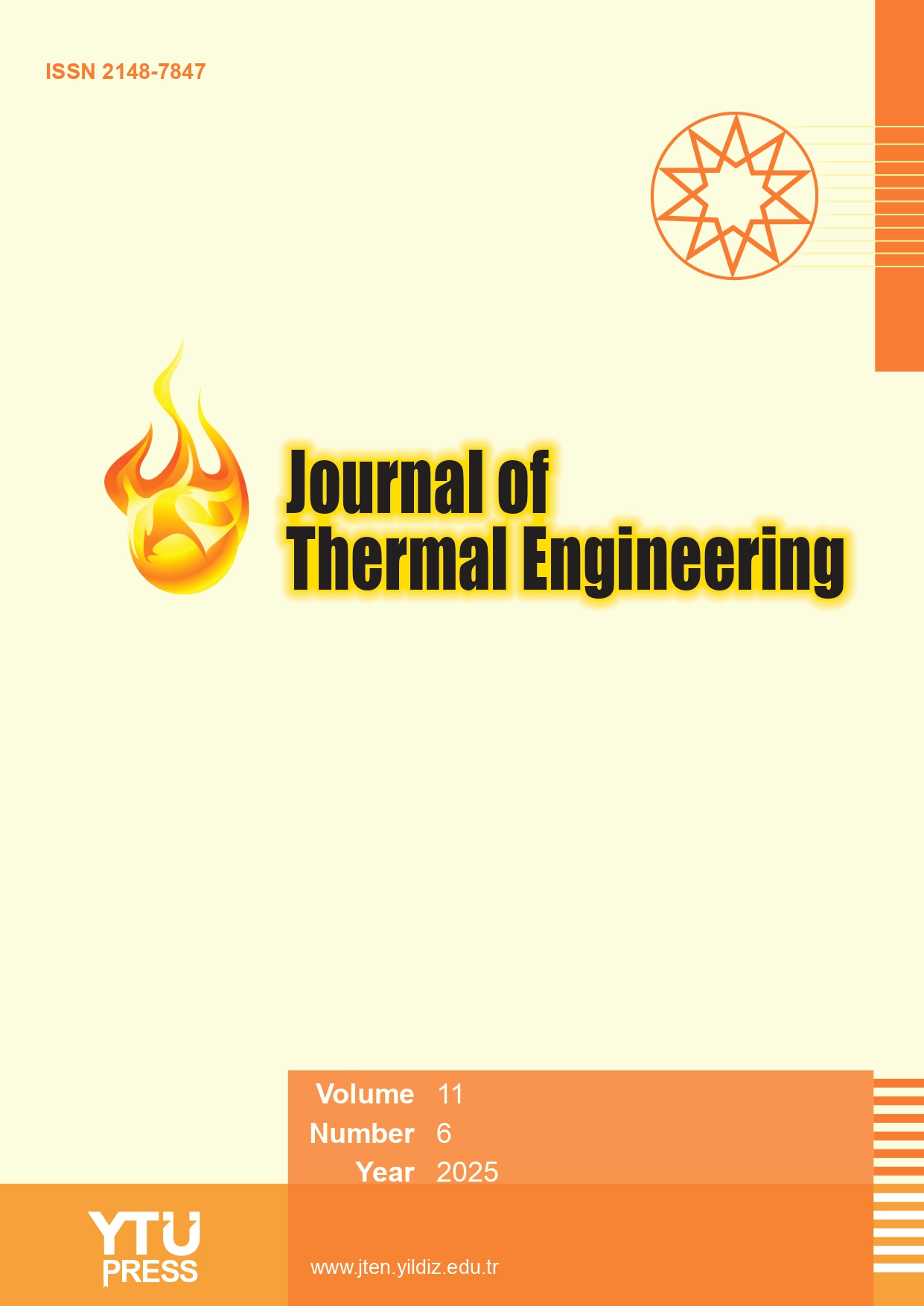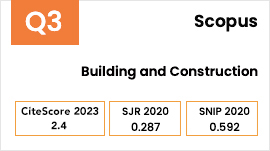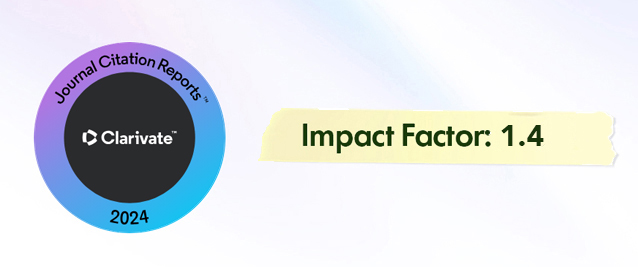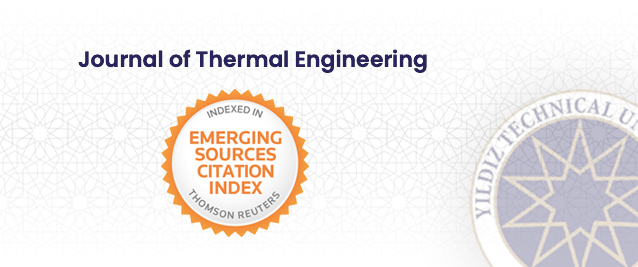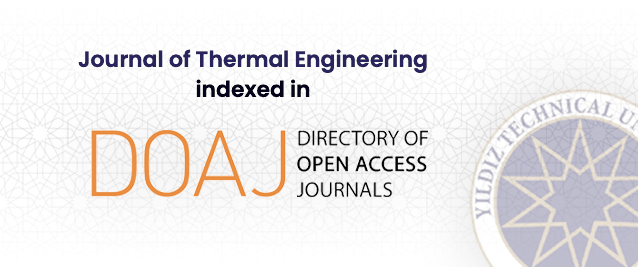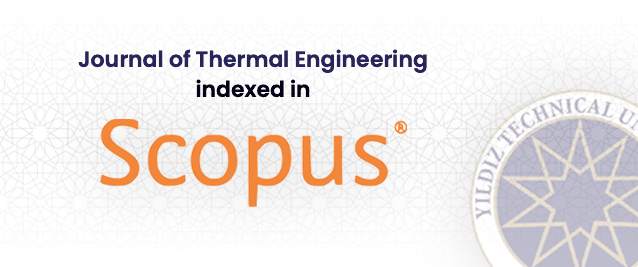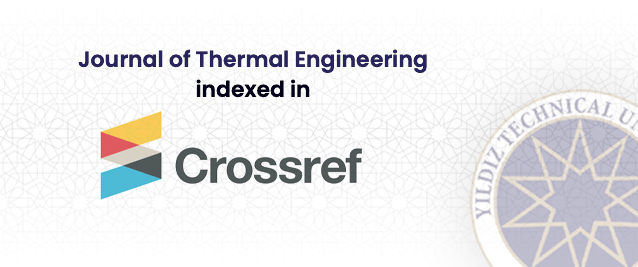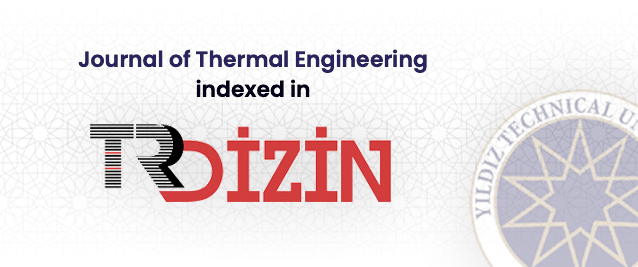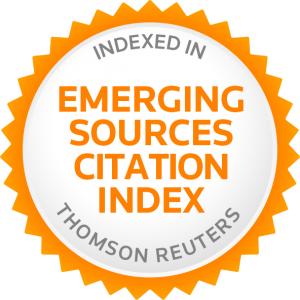Abstract
The thermal and emission characteristics of multi-tube inverse diffusion flame is investigated and compared with single-tube inverse diffusion flame. Liquefied petroleum gas is used as a fuel. The study focuses on flame length, CO and NOx emissions and temperature profiles under varying equivalence ratios and air velocities. Multi-tube configurations enhance air-fuel mixing by increasing the contact surface area. This results in shorter and more compact flames that results in low NOx emissions compared to single-tube inverse diffusion flames. The flame length of the multi-tube inverse diffusion flame reduces by an average of 12.7% compared to the single-tube configuration. The temperature profile of the multi-tube inverse diffusion flame reveals distinct flame zones at higher air velocities, while at lower air velocities, the flames merge into a homogeneous high-temperature region in the post-combustion zone. CO emissions reduce significantly with the multi-tube inverse diffusion flame, which emits 18 PPM less CO than the single-tube inverse diffusion flame at low equivalence ratios. Conversely, NOx emissions exhibit an opposite trend, with higher levels observed at elevated equivalence ratios and at reduced air velocities. The multi-tube inverse diffusion flame consistently shows lower NOx emissions, emitting 4 PPM less at higher equivalence ratios and 3 PPM less across all velocity variations compared to the single-tube configuration. A novel multi-tube inverse diffusion flame burner design, featuring air and fuel ports divided into multiple smaller, circumferentially arranged segments improves air-fuel mixing, stabilizes the flame, reduces emissions, and provides valuable insights for optimizing burner performance for optimum emissions and flame length.


